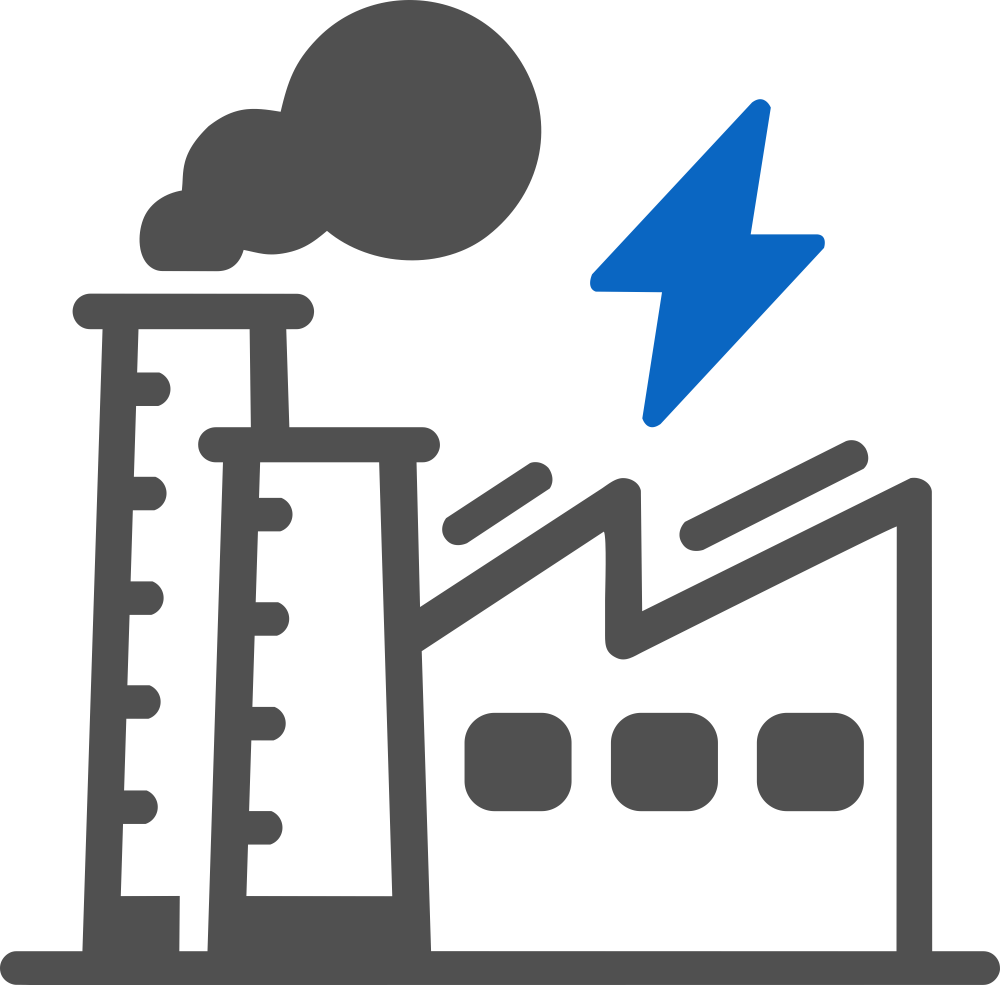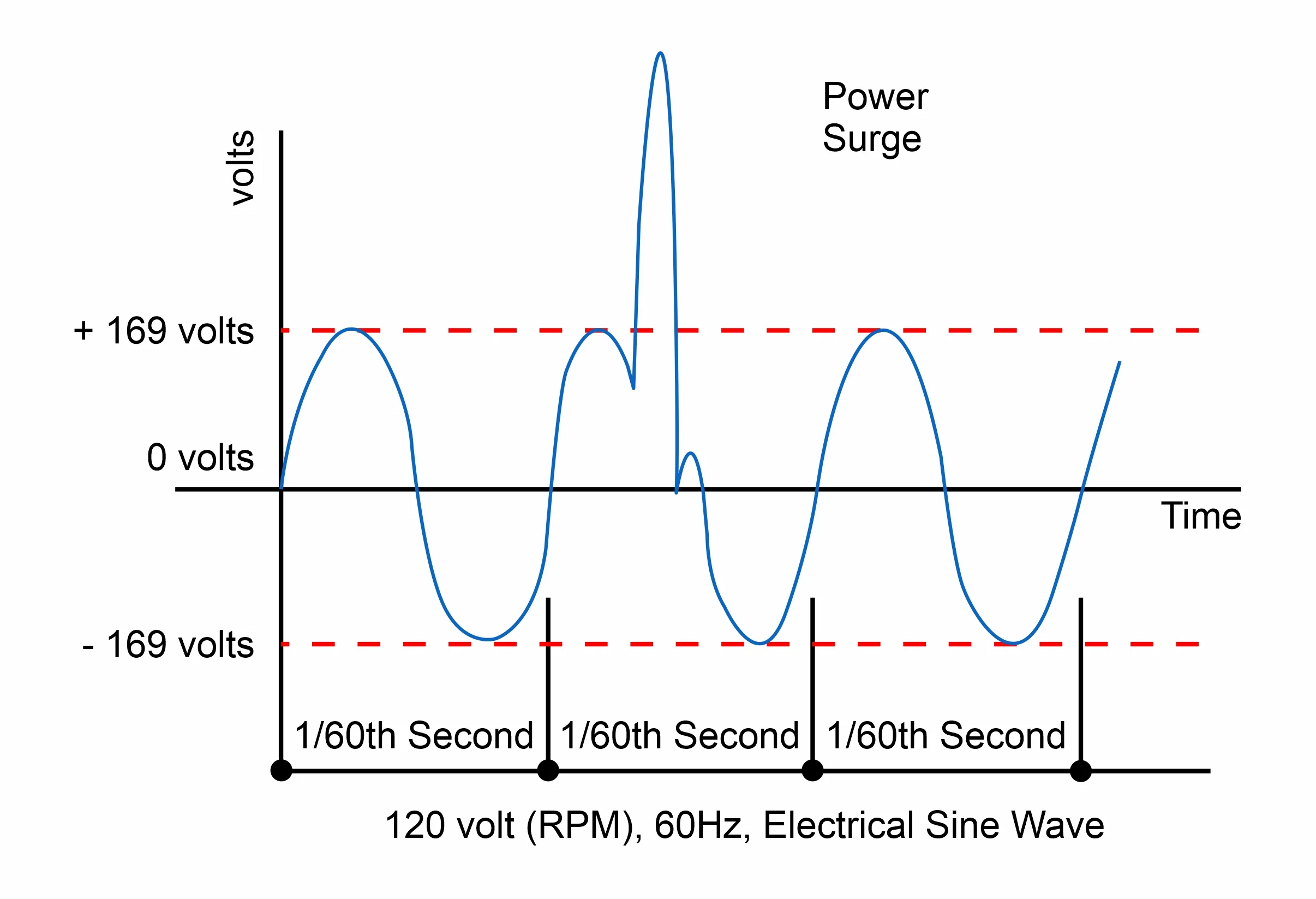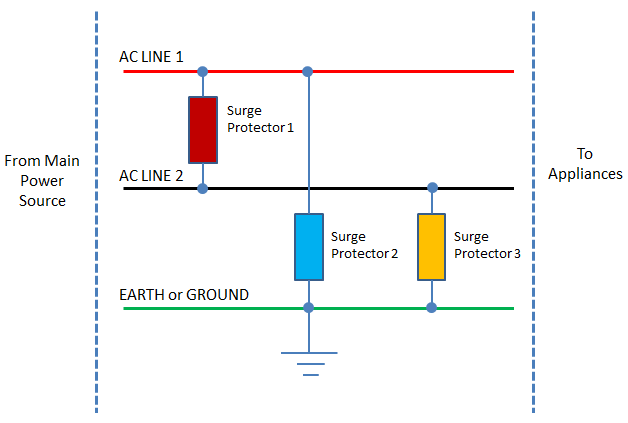Created by: Flora Gao | Updated Date: Dec 8, 2022

Imagine this scenario: You’re the proud owner of a well-run factory loaded with dozens of expensive production machines, computers, and other technology. On a usual afternoon, workers are rushing to produce an urgent order for a valuable client to find a factory full of dead technology.
You and your technology are the casualties of a power surge caused by an overloaded transformer that blew up in your factory or a lightning strike. You are now in for a lengthy process of replacing all of your damaged devices and will have to apologize to your client for missing the shipping deadline in the meantime.
But here‘s the good news: by placing a surge protection device (SPD) in your facility, you can quickly stop this horror from happening. An investment in surge and lightning protection quickly pays for itself.

In today’s highly technical society, every organization and business relies on heavy electrical appliances for daily operations including production, communications, processing payments, and other tasks.
However, there’s an invisible risk called surge(also known as “transient overvoltage”) which is responsible for billions of dollars of equipment damage and downtime annually & employees’ lives might be at risk in the event of transient overvoltage.

Surge is a transient overvoltage, the spike shown in the above diagram for a short duration is the transient overvoltage, where transient is defined as having a brief time, such as a millisecond or microsecond. Overvoltage is defined as a voltage that is higher than the nominal voltage. We must safeguard our devices against this surge.
It is one of the most common causes of damage in electrical plant engineering. They primarily occur due to lightning strikes or switching operations, but also due to the following causes:
No matter what scale of business you’re running right now, investing in a surge protection device is vital, which plays an important role in the industrial field and certain specifications can help ensure that your company runs safely and without incident.
A surge protection device (SPD), previously known as a transient voltage surge suppressor (TVSS) is designed to protect electrical systems and equipment from surge events by limiting transient voltages and diverting surge currents.
Industrial SPD, literally speaking, is specially designed to protect machinery in the industrial field. These devices can safeguard machinery and systems in factories and other industrial settings, including telecommunications, control systems, and safety interlock circuits.
Industrial surge protection devices are typically fitted in a panel on a DIN rail mount.
In normal use (no overvoltages): Surge protection device has no influence on the system where it’s installed. It acts as an open circuit and maintains the isolation between the active conductors and the earth.
When there is an overvoltage: The surge protection device becomes active and guides the current back to its source or ground. The surge protection device behaves like a closed circuit, the overvoltage is short-circuited and limited to an acceptable value for the electrical equipment connected downstream.
When the overvoltage has been discharged: The surge protector will return to its original impedance and return to the open circuit condition.

The equipment used in your manufacturing facilities is very sensitive and vulnerable to lightning and switching surges. A professional approach to lightning and surge protection will guarantee your industrial sites a long life.
Surge protective devices are classified according to their standards. This is explained in greater detail in the table below:
| SPD Type | Description | Waveform | Characteristics |
| Type 1 | Surge protective devices that can discharge partial lightning current | Typical waveform 10/350μs | Usually employs spark gap technology |
| Type 2 | Surge protective devices that can prevent the spread of overvoltage in electrical installations and protect connected equipment | Characterized by an 8/20μs current wave | Usually employs metal oxide varistor (MOV) technology |
| Type 3 | Surge protective devices that must only be installed as a supplement to type 2 devices in the vicinity of sensitive loads | Characterized by a combination of voltage waves (1.20/50μs) and current waves (8/20μs) | Low discharge capacity |
An industrial-grade surge protection device (SPD), such as LSP‘s SPD, is a good option nowadays, which modules reliably divert surges and currents to the ground and protect people and machines against possible negative consequences. Solutions for power surge protection are available in our product line for a number of applications.

Surge protection works by absorbing overvoltage by clamping the transient voltage, as shown in the diagram. Such SPDs are frequently used as built-in surge protectors.
SPD 1 should typically be sufficient to pass standard surge requirements, yet SPD 2 and 3 are necessary for higher surge voltage requirements.
Only surge protection which is properly sized and grounded can be successful in preventing your equipment damage.
SPDs should be installed following the below instructions:
We strongly advised that a professional engineer with experience in surge suppression technology be hired to design the system.
The topic of protection against industrial surges is not an easy one, the proper design depends on a number of contributing factors. LSP‘s surge protection modules reliably divert surges and currents to the ground and protect people and machines against possible negative consequences. Our product range provides you with power surge protection solutions for various applications.
We’d be happy to assist you with selecting the proper type of industrial surge protection to provide protection for your property. Feel free to contact us.
Reliable LSP surge protection devices for industrial facilities are designed to meet the protection needs of installations against lightning and surges. Get the price now!
Copyright © 2010-2022 Wenzhou Arrester Electric Co., Ltd. All Rights Reserved. Privacy Policy